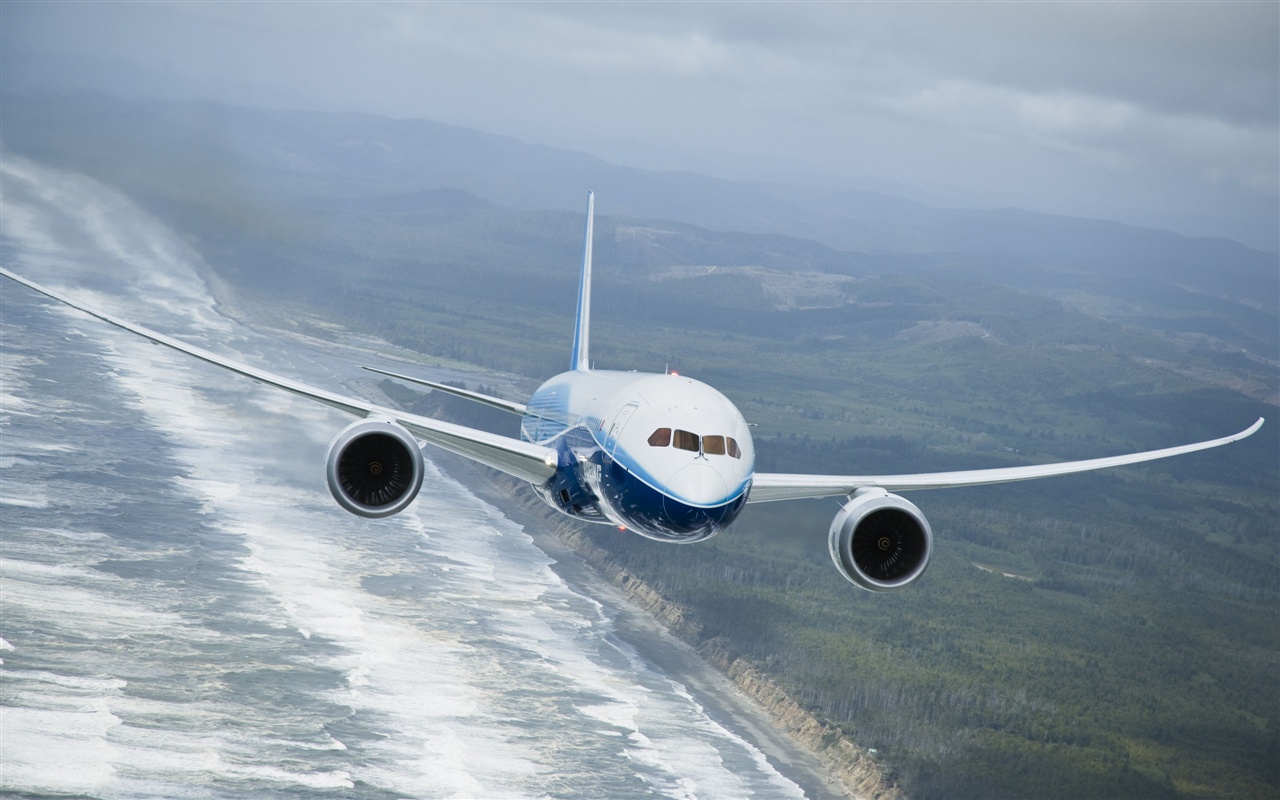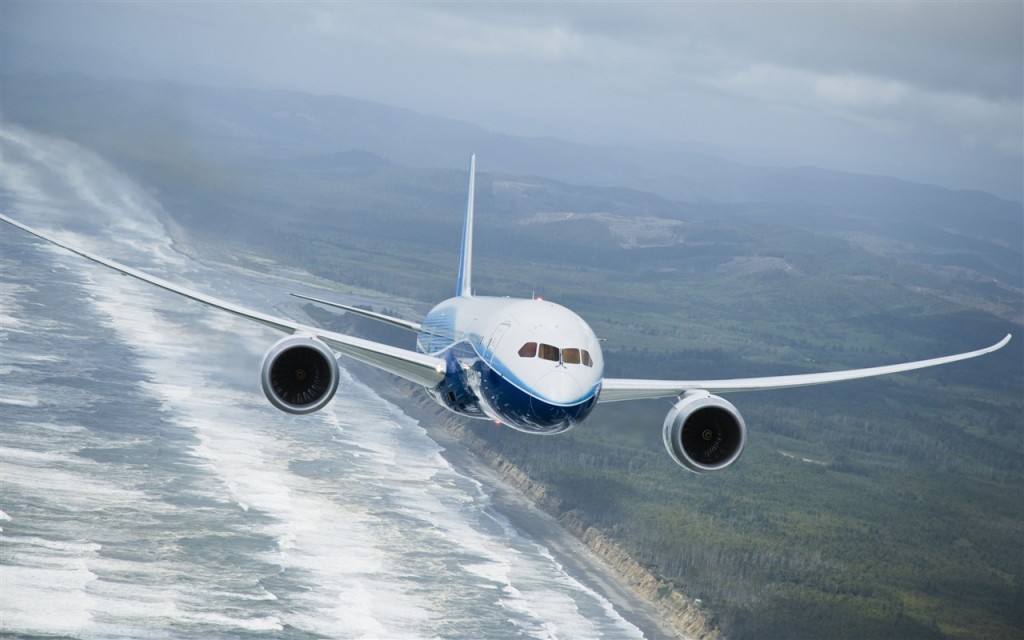Leeham News and Analysis
There's more to real news than a news release.
Bjorn’s Corner: Why e in ePlane shall stand for environment, Part 11. More electric aircraft.
February 28, 2020, ©. Leeham News: We now look at technology developments that make sense, and can deliver real improvements in the near future.
We start in this Corner with what more electric aircraft and engines can bring.
Assessing airlines’ widebody replacement needs
Subscription Required
By Vincent Valery
Introduction
Feb. 3, 2020, © Leeham News: As part of the 777X maiden flight, Boeing briefed the media on its demand forecast for the large widebody market. The OEM sees a demand to replace between 60 and 100 aircraft annually in that market segment until 2030.
Last week we estimated the number of narrowbody aircraft where airlines still need to place a replacement order. We now perform a similar analysis for the widebody market.
OEMs are struggling to cope with the insatiable demand for latest-generation narrowbody aircraft. However, the situation is different in the widebody market. After significant orders and deliveries during most of the last decade, demand is sharply slowing now.
After announcing a 787 Dreamliner production rate cut last year from 14 to 12 per month, Boeing acknowledged it is expecting a further cut to 10 per month from early 2021. The company expects to return to rate 12 in 2023.
Airbus hasn’t announced any reduction in its A330neo or A350 production rates yet but acknowledged demand softness.
Both OEMs point to the significant widebody replacement needs that will arise later in the decade. We will analyze whether their hope for better days is justified.
We will also partially address why Boeing decided to go back to the drawing board on new aircraft design.
Summary
- At face value, numerous widebody aircraft to replace;
- Materially different customer mix from narrowbody aircraft;
- Varying demand, depending on aircraft size;
- Boeing forecast for the large widebody market;
- And a change of mind on the NMA;
- Replacement needs timelines.
To what level can Boeing’s remaining cash cow, the 787, pay the company bills?
By Bjorn Fehrm
Subscription Required
Introduction
January 9, 2020, © Leeham News: What a difference a decade made. In January 2010, the Boeing 787 Dreamliner had just made its much delayed first flight and its crisis was at its deepest. The aircraft would soon be more than three years late and its costs had more than doubled. One questioned if it would ever be a profitable program and how deep this money pit would drag Boeing?
Today, 10 years later, the 787 is Boeing Commercial Airplane’s sole cash cow, with a 737 MAX which can’t be delivered, the 777 in difficult migration to 777X and the 767 freighters just hanging in there profitability-wise.
But how profitable is the 787, eight years after its first delivery and coming from very red numbers? We look behind Boeing’s accounting rules to find how much of the company bills can be paid by Dreamliner profits when other programs can’t contribute.
Summary:
- Boeing uses US Program Accounting rules that allow production cost swings to be shuffled between the beginning and the end of an aircraft program.
- This presents nice quarterly profits in the program’s early days when there are actual losses but it comes around making mature aircraft programs less profitable than programs using international accounting rules where profits are calculated for each delivered aircraft (Unit based accounting).
- We go behind the Boeing quarterly figures to analyze how profitable the Dreamliner is over the next years, now when it needs to shoulder the cash cow mission for a wounded company.
Aviation Forum Munich: Vertical integration on the way back
By Bjorn Fehrm
November 5, 2019, ©. Leeham News at Aviation Forum Munich: The Aviation Forum kicked off in Munich today, a yearly production and supply chain event started by the Hannover based Institute for Production Management nine years ago.
Today’s conference themes were How the OEMs benefit from Supplier Innovation, Additive Manufacturing trends and discussions around Outsourcing and Insourcing.
Read more
Is reengining the Boeing 767 a good idea? Part 2.
By Bjorn Fehrm
Subscription Required
Introduction
October 24, 2019, © Leeham News: According to FlightGlobal, Boeing is investigating reengining the 767-400ER with GE GEnx engines to produce a new freighter and perhaps a replacement for the NMA project.
We started an analysis of what this would look like last week where we analyzed the aircraft fundamentals. Now, we continue with the capacities of passenger and cargo variants. Summary:
Summary:
- The 767-400ER is one size larger than the largest NMA. It would be a competitor to the Boeing 787-8. This makes the variant doubtful as an NMA replacement.
- As a cargo variant, it adds less than 20% of cargo volume on top of the present freighter, the 767-300F. Is this attracitve enough to motivate a reengine for a freighter?
The time for a 767RE passenger model has come and gone
Subscription Required
Introduction
Oct. 14, 2019, © Leeham News: Boeing is reconsidering a previous idea to re-engine the 767 with GEnx powerplants, Flight Global reported last week.
The idea was run up the flagpole, so-to-speak, in 2017.
At that time, the 737 MAX was just entering service. There was, of course, no hint of any turbulence on the horizon.
The business case for the New Midmarket Aircraft was difficult even then. So why not look at a 767RE and restarting the 757 line, also up upgrades?
Boeing being Boeing, it looks at everything. It ruled out restarting the 757 line (the challenges would have been pretty daunting).
The 767 got more studious traction, including simply restarting the passenger line and providing a really cheap acquisition. A 767RE, however, was viewed as too complex under the circumstances and it would compete with the 787.
American Airlines and United Airlines were actually interested in the airplane restart.
Summary
- B767F-RE may be to counter A330-900F approach to a major cargo airline.
- B767P-RE likely would be met favorably–by Airbus.
- Re-engining 767 repeats 737RE experience.
Opportunity and challenges of a 787-10ER
Subscription Required
By Vincent Valery
Introduction
Aug. 22, 2019, © Leeham News: By 2024 the 777-300ER will have been in service for 20 years and the 777-200ER 27 years.
LNA was the first to report the 777-8 entry-into-service will slip by at least two years. Boeing confirmed a delay in the 777-8 development, but not the timeline. Further delays (or an outright cancellation) for the passenger 777-8 are a real possibility. Boeing faces the prospect of not having a latest generation offering in the 330-370 seat market at a time demand for such aircraft is expected to pick up.
As part of the Air New Zealand commitment to purchase eight Boeing 787-10s, Boeing and General Electric are increasing the maximum takeoff weight to add more range.
In a similar fashion to the 777-300ER 20 years ago, Boeing might improve the 787-10 further to turn it into a fully-fledged ER variant. We will analyze the rationale for launching such variant and the challenges Boeing needs to overcome.
Summary
- Remediate a product gap
- Opportunities arising from surging 777 retirements
- A mixed track record of previous stretches and range improvements
- Target range for the 787-10
- Challenges associated with achieving those targets






